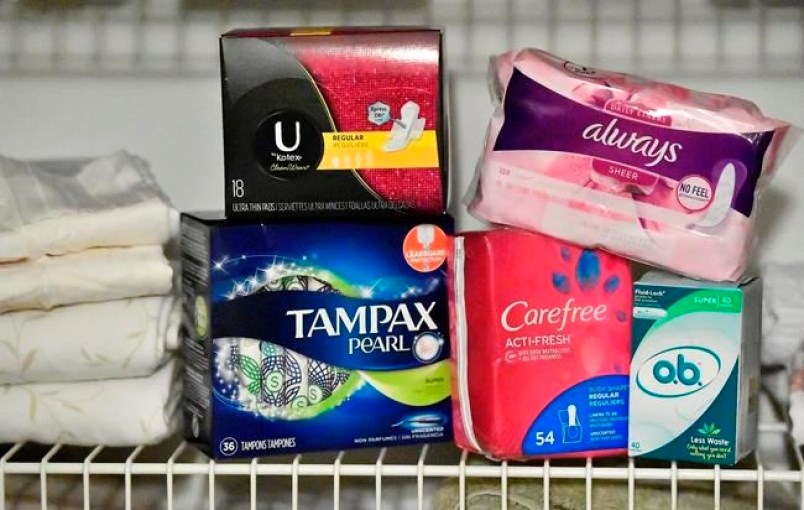The New Westminster school district is yet again leading the way to destigmatize menstruation.
Starting in January, 100 New Westminster Secondary School students will learn, as part of a study, about a medical condition that causes painful periods.
Researchers hope the pilot program will improve students’ knowledge and increase early diagnoses of the condition.
Endometriosis causes tissue normally found inside the uterus to grow outside the uterus, such as on the ovaries, fallopian tubes and the tissue lining the pelvis. This can cause little to no symptoms, or it can cause debilitating pain in the pelvic area during menstruation.
But Catherine Allaire, medical director of the Centre for Pelvic Pain and Endometriosis at B.C. Women’s Hospital, said there’s a serious gap in diagnoses of endometriosis. Allaire said it’s estimated to take eight years from the start of symptoms to reach a diagnosis.
Part of the issue is that the typical diagnosis requires a laparoscopy, a surgical procedure – though Allaire said there’s a movement in Canada and elsewhere toward treating the symptoms without necessarily requiring the procedure.
But another part of the issue, Allaire said, is the lack of popular knowledge about the issue and the general discomfort of Canadians in discussing menstruation – despite the fact that it affects roughly 10% of women and girls of reproductive age.
“If you never talk about something, you don’t know what’s abnormal,” Allaire said. “It’s 50% of the world that menstruates, so I’m not sure why it’s still such a difficult thing to discuss or talk about as if it’s some kind of dirty, hidden thing.”
But if endometriosis affects so many people, why the lack of public knowledge and discussion? In large part, it’s a mix of historical downplaying of women’s pain and inadequate research on and funding for women’s sexual health, Allaire said.
“It’s just a systemic issue,” she said. “There’s a huge gender bias in terms of where research money is going. It’s taken a long time to get to this, but it’s finally happening.”
Allaire’s pilot program is building on a 2017 study in New Zealand that showed a similar program led to more women and girls seeking medical help for the condition at a younger age.
“We thought this would be something worthwhile to introduce into high schools in British Columbia,” Allaire said.
“At the time we were looking for a partner, [the New West school district] announced that they would be offering free menstrual products in the high school. … We thought, ‘Wow, there’s a school board that’s open-minded and willing to discuss menstruation.”
The New West school district was the first in B.C. to approve paying for free menstrual product dispensers in their schools.
In the pilot, half of the 100 boys and girls will take a one-hour course on endometriosis. They will take questionnaires, including a six-week follow-up, to determine retention of the knowledge. After that, the other half will take the questionnaire before taking the course to compare results.
Allaire said the program is expected to bring results by April, and potentially be published by the summer, depending on how the publication process goes.
“The goal is to basically arm patients and advocates and school educators and stuff with data that supports such an educational intervention and then advocate for other school boards and even ministries of education … about putting this as a standard in the curriculum,” Allaire said.



